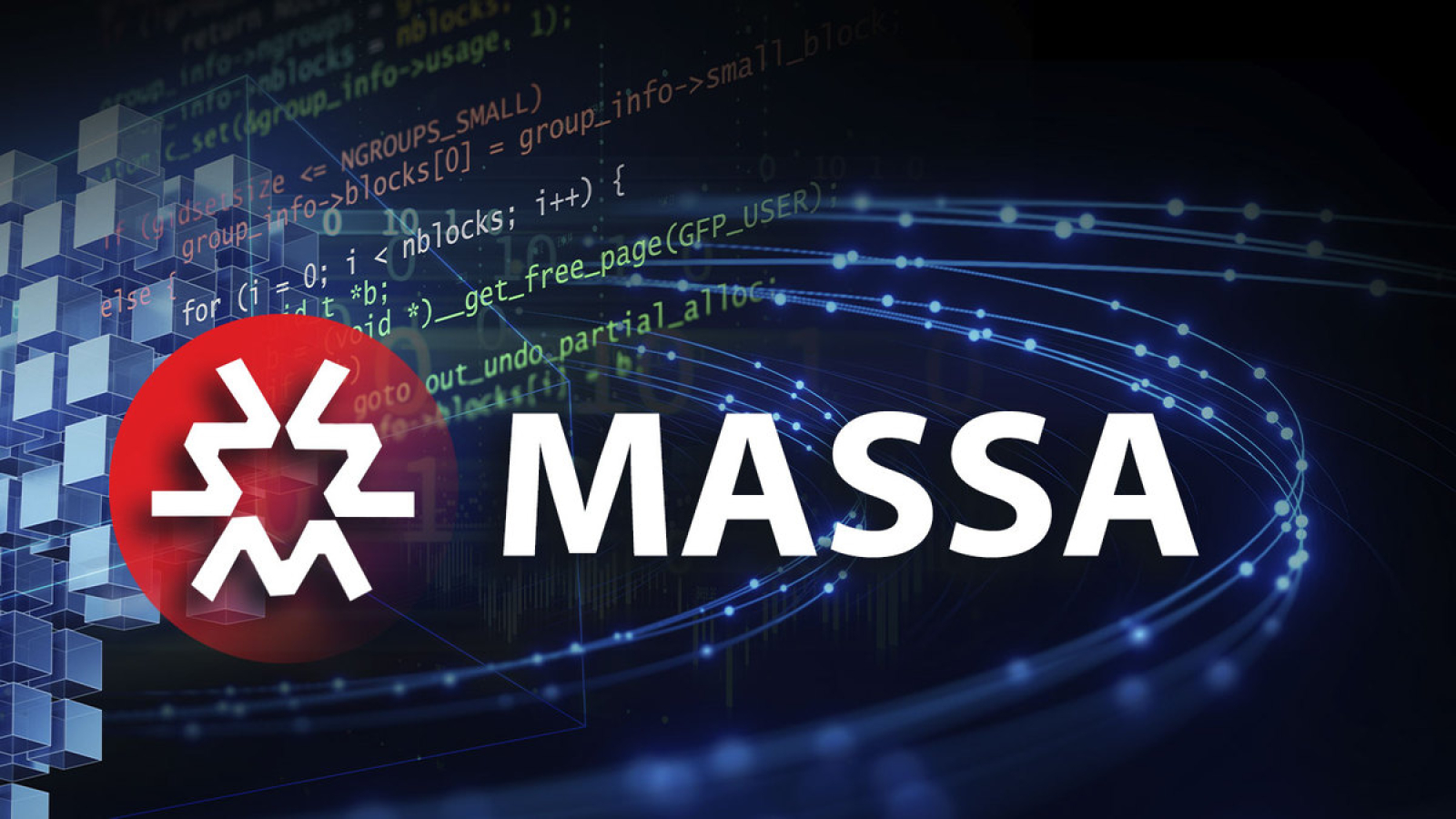
In Q1, 2023, L1 blockchain Massa witnessed huge inflow of projects interested in using its codebase
Read U.TODAY on
Google News
Massa, an eccentric Layer 1 blockchain based on parallel computations, shares the details of its ecosystem’s growth and teases new releases.
Massa blockchain testnet onboards dozens of dApps since launch
Introduced in early 2021, Massa decentralized network is a high-performance new-gen blockchain that employs the latest developments to address the so-called “blockchain trilemma,” i.e., the problem of finding a perfect balance between security, scalability and decentralization.
Massa blockchain launched its public testnet in July 2021. Soon after public release, it started onboarding decentralized applications of various types: cryptocurrency wallets, DeFi protocols, NFTs marketplaces, Web3 social media, GameFi apps, infrastructure tools and so on.
In order to demonstrate the progress of their applications, teams can add their products to the “Ecosystem” page of Massa’s main website.
The on-chain applications of the Massa ecosystem are attracted by the combination of features the blockchain is characterized by. Massa’s team strives to merge the benefits of large throughput, battle-tested security and verifiable decentralization.
Multi-threaded block graphs, self-executed smart contracts: What’s new in Massa?
In order to lead the charge in novel decentralized computation technologies, Massa employed a series of developments that make it look outstanding compared to all major competitors. Namely, the blockchain leverages a multi-threaded block graph that paves the way to unparalleled scaling opportunities.
Namely, with Massa, nodes can process blocks in parallel. This allows the increase of the net bandwidth of the blockchain to a whopping 10,000 transactions per second without sharding and integrating L2 solutions that are vulnerable to centralization.
Then, Massa leverages autonomous smart contracts. This subclass of smart contracts is more resource-efficient and allows a more sophisticated dApps logic to be implemented. Namely, autonomous smart contracts can work with scheduled events in the future, activate triggers for contract execution and so on.
Also, with its current status of token distribution, Massa is among the most decentralized blockchains on the market when it comes to community governance opportunities. Its token distribution has a 1,000+ Nakamoto Coefficient score, which means the highest level of protection from whale domination.
Community-driven programs kick off for Massa-oriented developers
Since the very first releases of Massa blockchain, its team has been laser-focused on building a strong and passionate community of crypto enthusiasts around it. Its Discord channel is a meeting point and a red-hot hub for discussion that is always ready to onboard newcomers and seasoned crypto experts.
Also, as a response to increasing interest by developers to build on Massa, its team offers customized support for every application and team that contributes to its ecosystem. Massa organized a series of community events, including grants and incubation initiatives.
Massa provides applicants of its community programs with legal advice, incorporation, development resources, marketing expertise and funding opportunities.
The blockchain has already released a software development kit (SDK) designed to streamline onboarding of new applications and educate a new generation of developers. Massa welcomes node operators: everyone can install client software and start running a Massa node.
With all these developments, Massa attempts to solve the blockchain trilemma in an entirely new way, employing parallel computations, fully decentralized governance and self-executing smart contracts.
